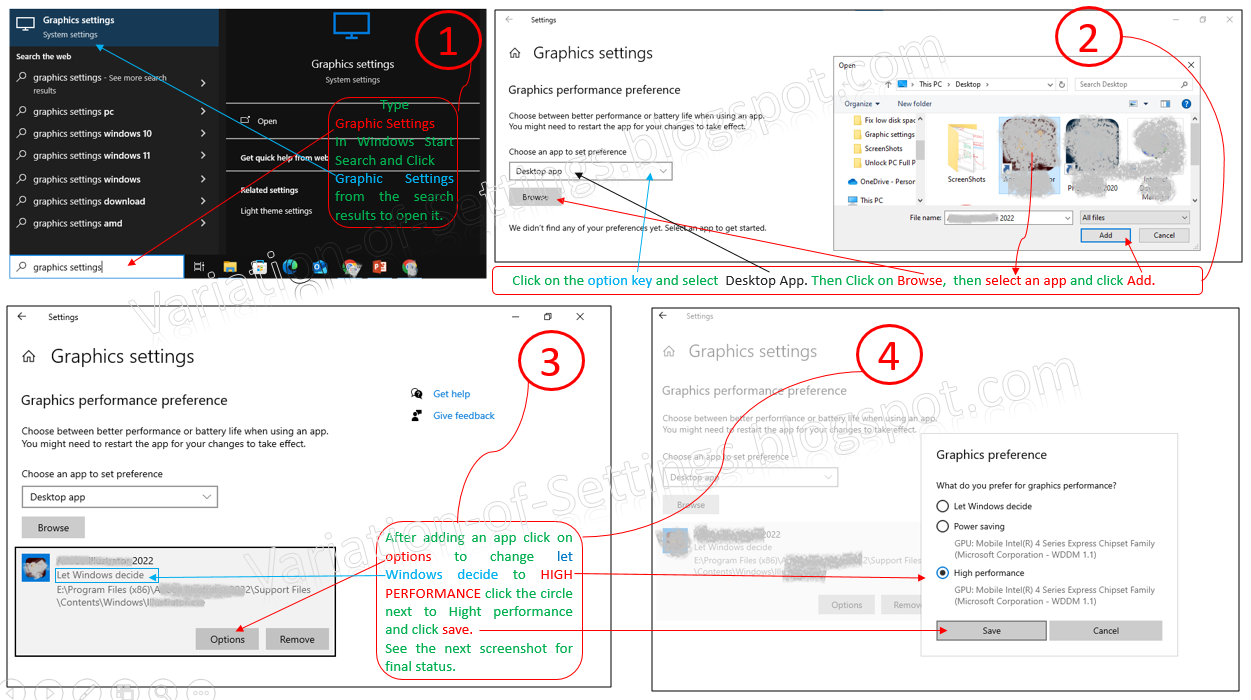How To Repair System Files in Windows 10/11: SFC Commands Guide
Rescue Your System: A Step-by-Step Guide to System File Repair with SFC
Have you ever encountered the dreaded blue screen of death or struggled with glitchy applications? The culprit might be corrupted or modified system files. The System File Checker (SFC) tool is capable of repairing various system file errors, including corrupted or missing Dynamic Link Library (DLL) files (.dll), system configuration files (.ini, .config), and critical system executables (.exe). It can also fix issues with damaged or altered registry files (.reg), driver files (.sys), and protected system files (.cat, .manifest). These errors can manifest as:
Warning:
Only proceed with the following repair methods if you are logged in with administrative privileges.
System File Repair With System File Checker (SFC)
1. Open Command Prompt as an administrator by right-click on Start menu or press Windows key + X and then click on Command Prompt (Admin) then click "Yes" if prompted.
2. Type: sfc /scannow (scans and repairs corrupted or modified system files).
3. Press Enter.
Just sit back and let the system automatically repair any issues it finds during the file scan process.
you can also run the System File Checker (SFC) command via Windows PowerShell (open it in the same way as command prompt but select options with Windows PowerShell). Type the same code and you will get almost the same result.
Additional command:
- sfc /verifyonly (scans system files without repairing) - ideal for identifying issues without making changes, allowing you to review and address problems manually.
- sfc /scanfile=<file> (scans a specific file)
- sfc /scanonce (scans system files one time)
Deciphering SFC Results:
- "No integrity violations found" – all clear!
- "Windows Resource Protection found corrupt files and successfully repaired them" – SFC saved the day!
- "Windows Resource Protection found corrupt files but was unable to fix some of them" – time to investigate further
Analyzing the CBS.log file:
This "CBS.log" file cantians detail information about the scan of System File Checker (SFC). The detail in this file are important as it includ Scan results, Corrupted files, Repair attempts and errors etc. So you can manual check the and anaylize the detail to apply prorocative mesures specifically containing or repairing the error. Click to know how you can open and analize the CBS.log file.
What Can SFC Fix?
- System crashes due to faulty system files (those annoying bsod and stop errors)
- Application failures caused by corrupted Dynamic Link Libraries (DLLs) – shared libraries used by multiple programs
- Security vulnerabilities exploited by malicious files (think rootkits and malware)
By running SFC regularly, you'll maintain system stability, prevent potential security breaches, and ensure:
- Consistent system performance
- Reliable application functionality
- Protection against exploits and malware
Pro Tip: If issues arises during scan that SFC cannot repair, then the better option is running the DISM command (dism /online /cleanup-image /restorehealth) to repair the Windows image.
Attribution: Screenshots Taken from Microsoft Windows.



.png)


Thanks! I have successfully repaired system files.
ReplyDelete